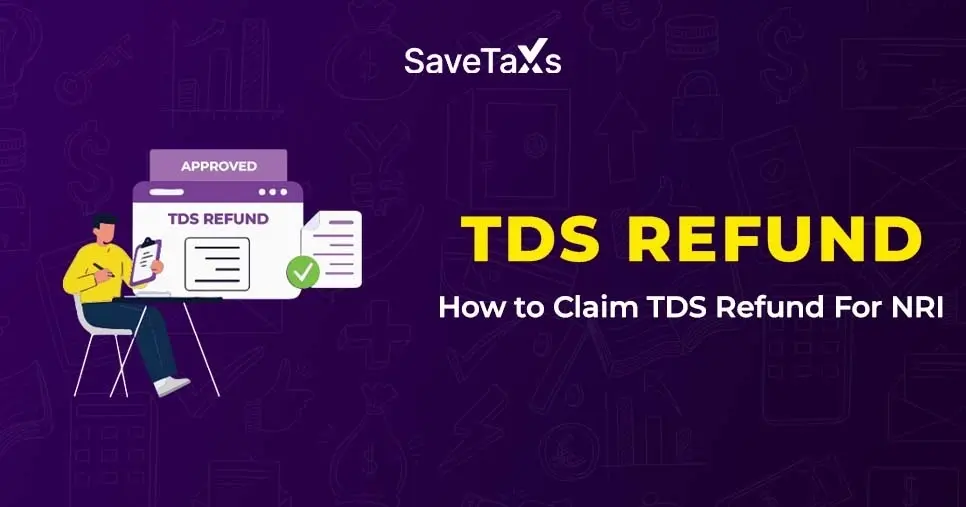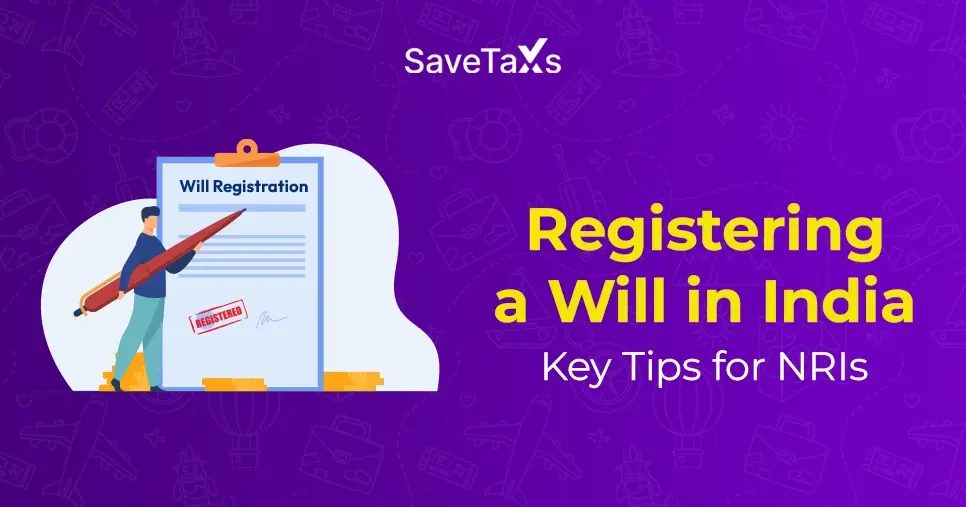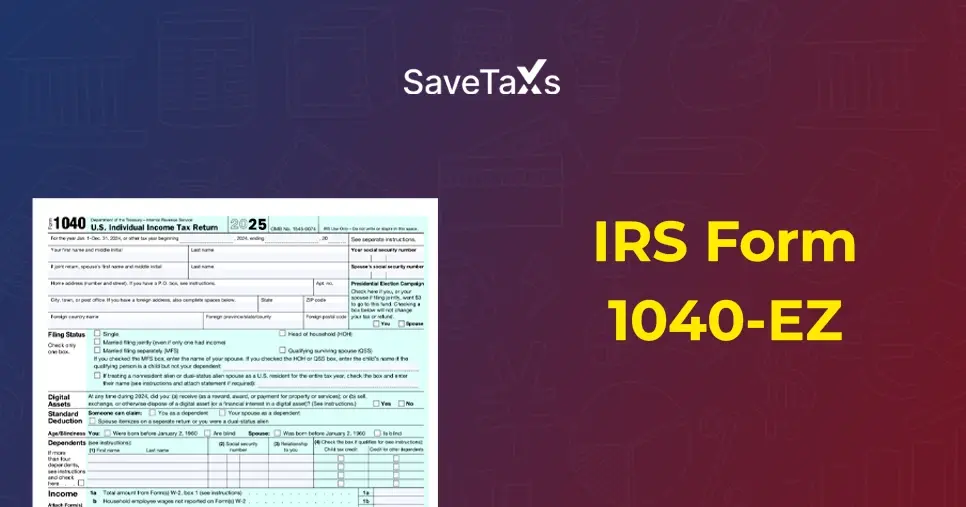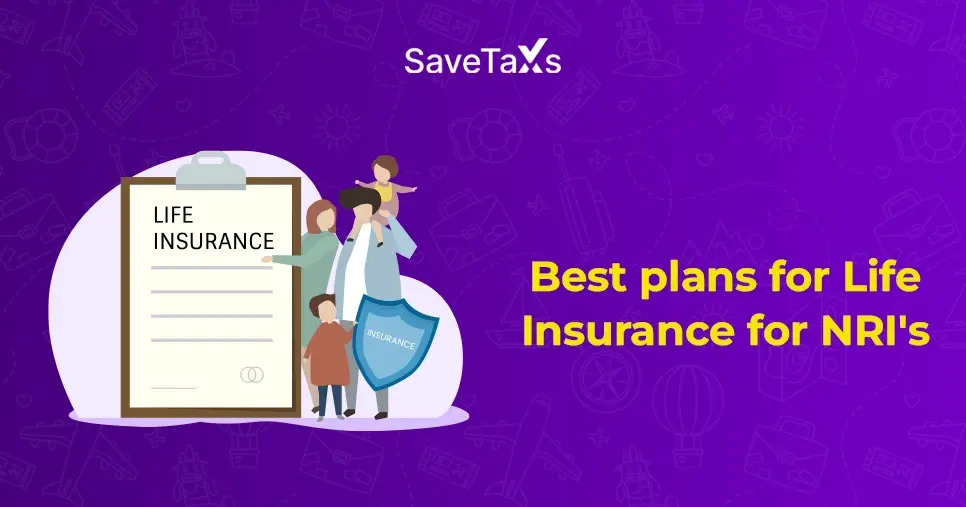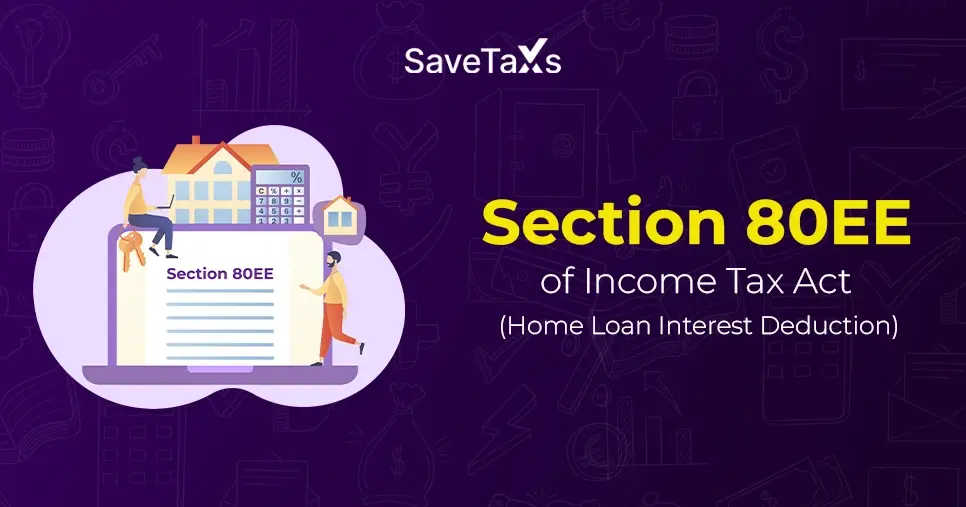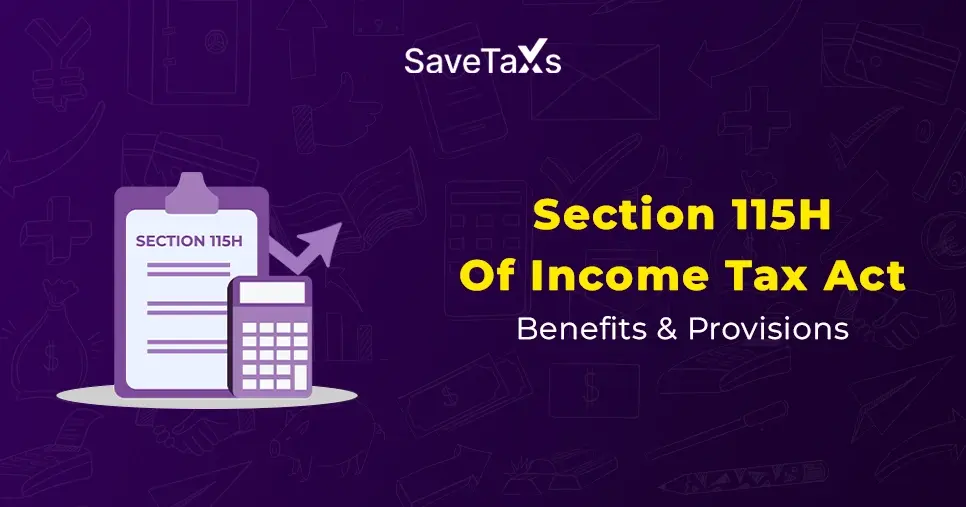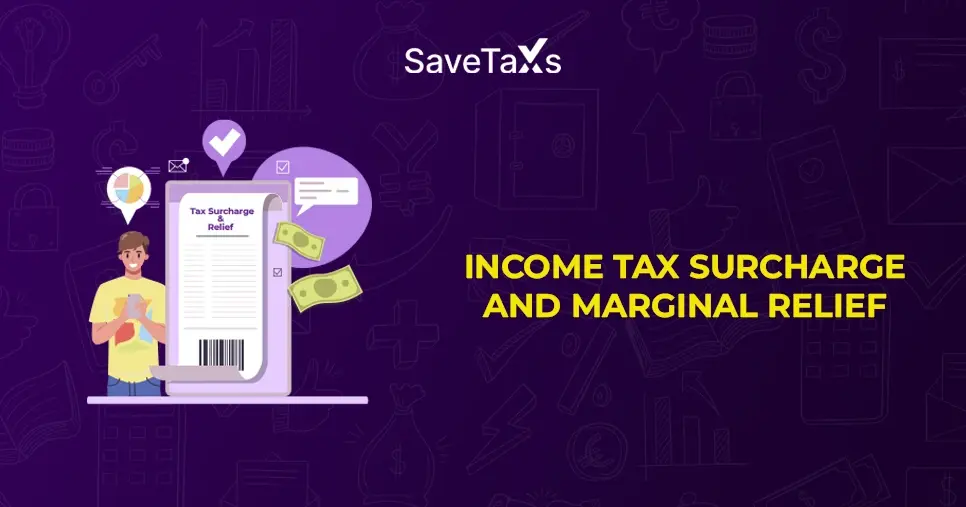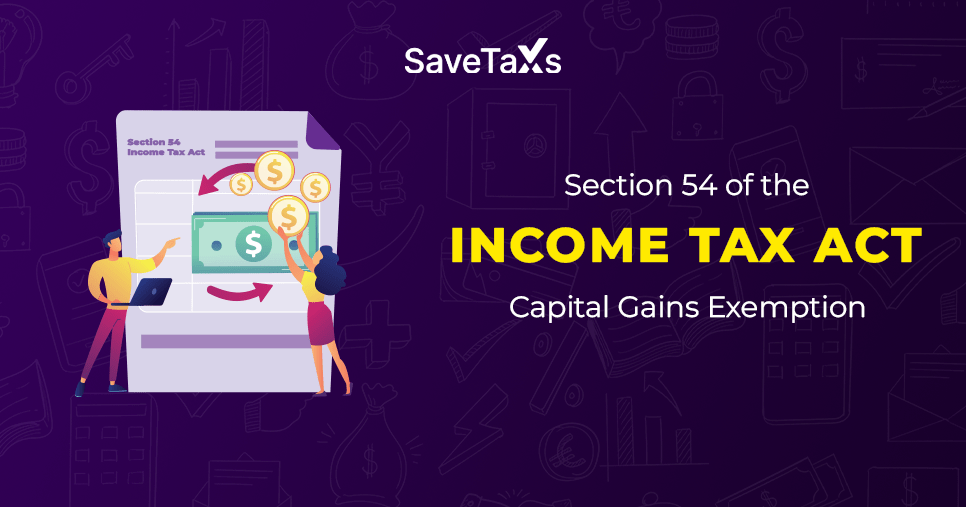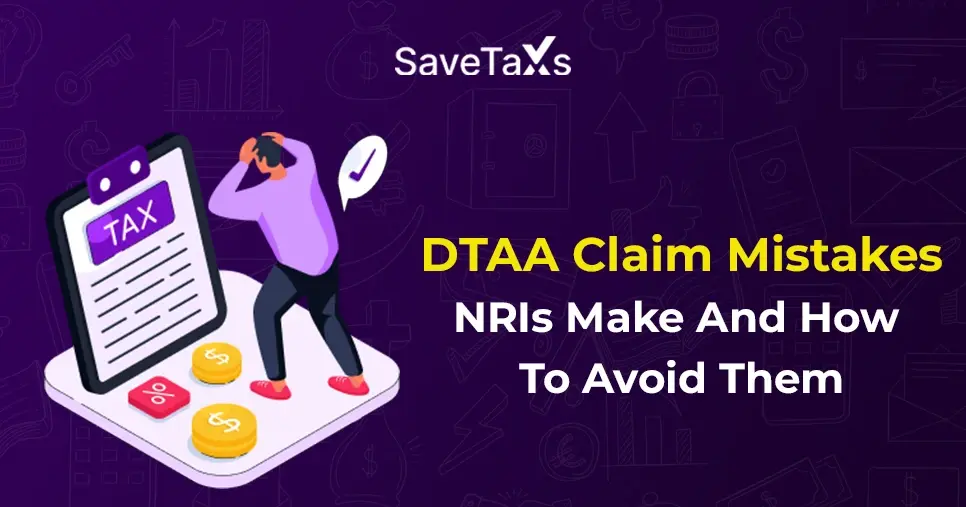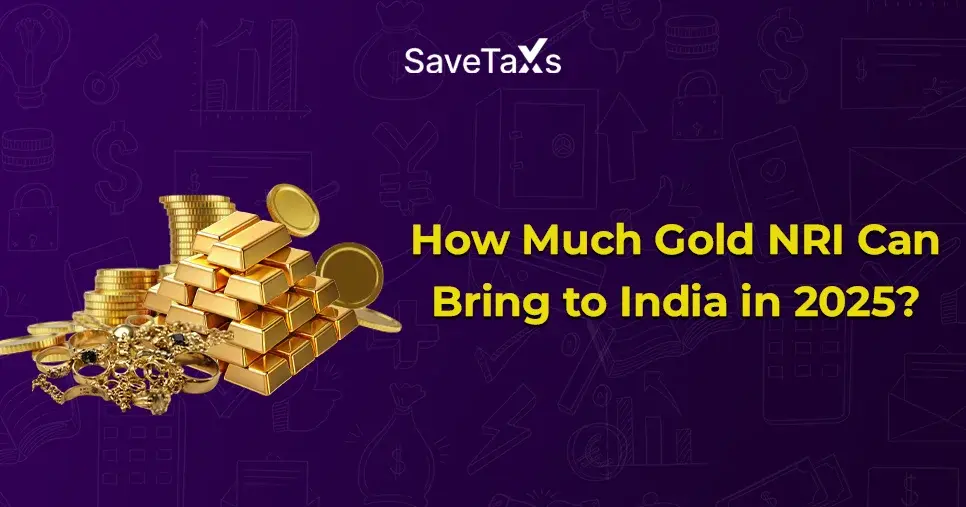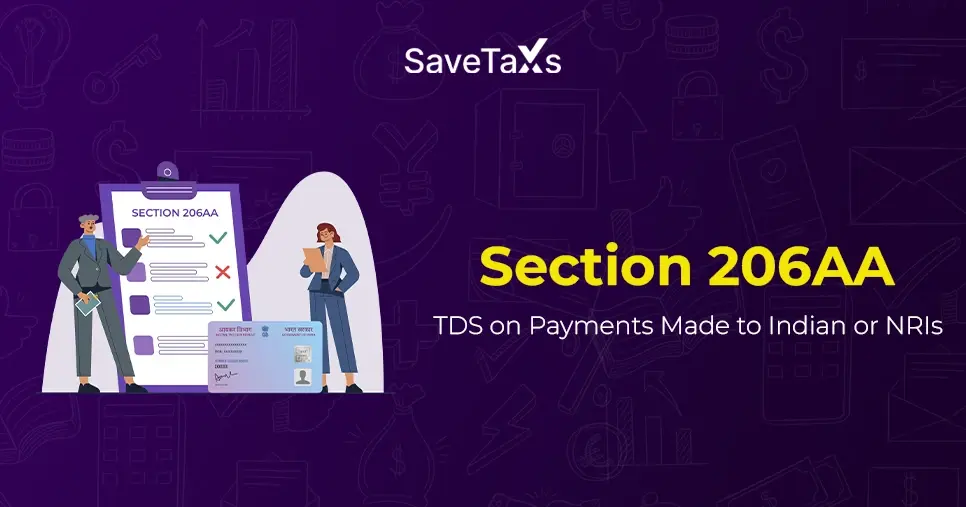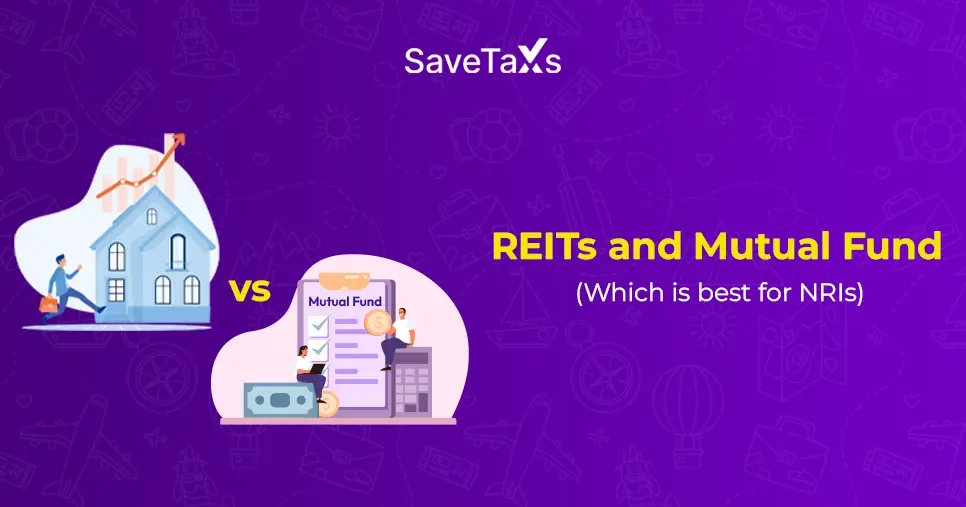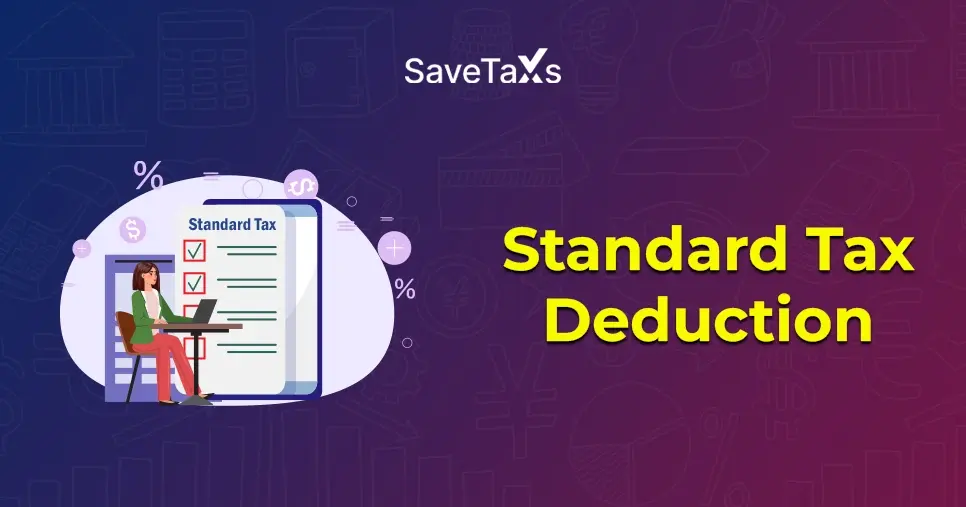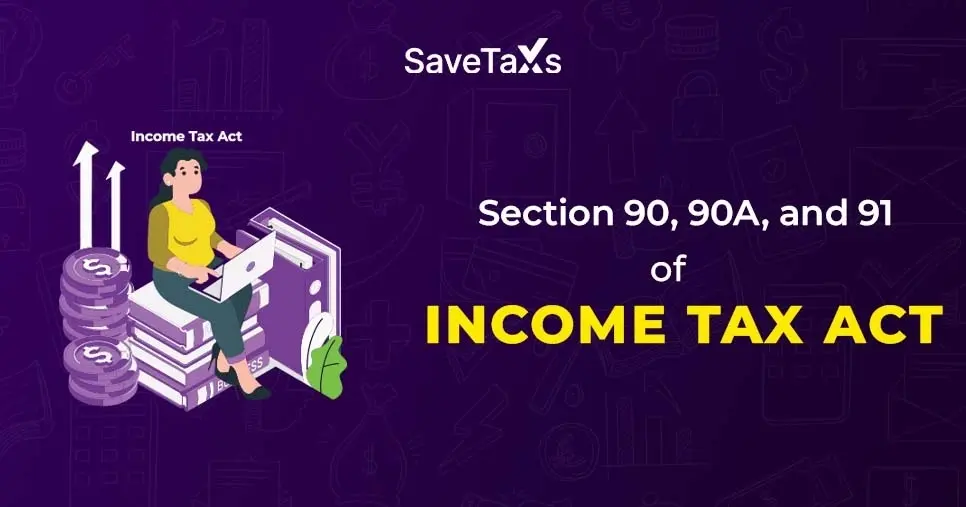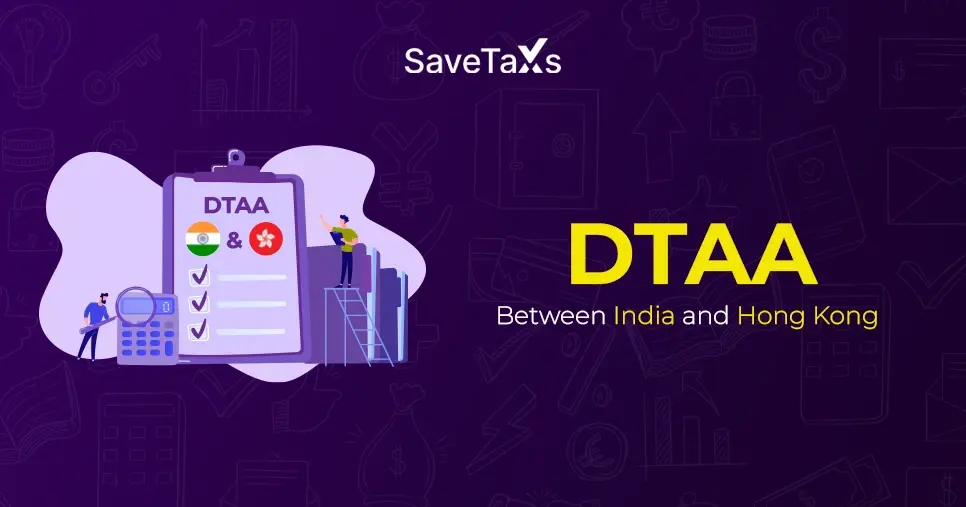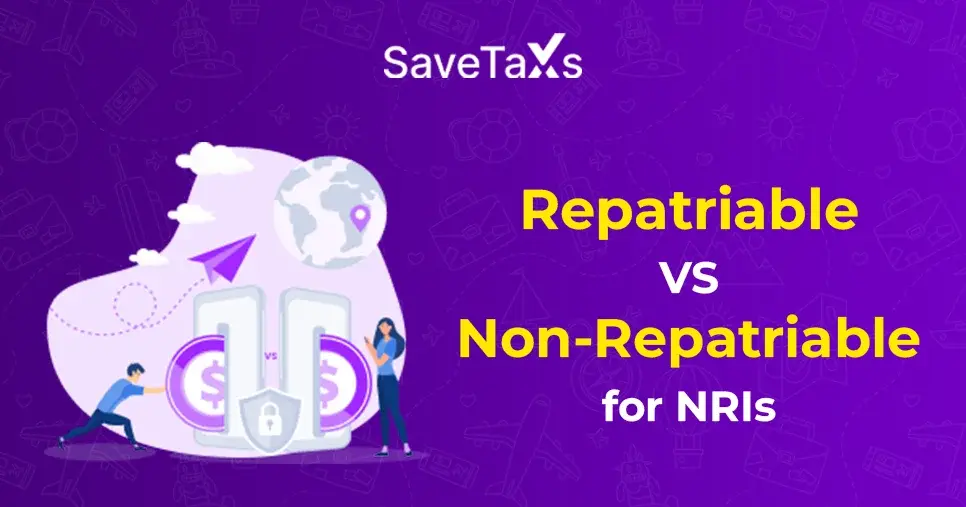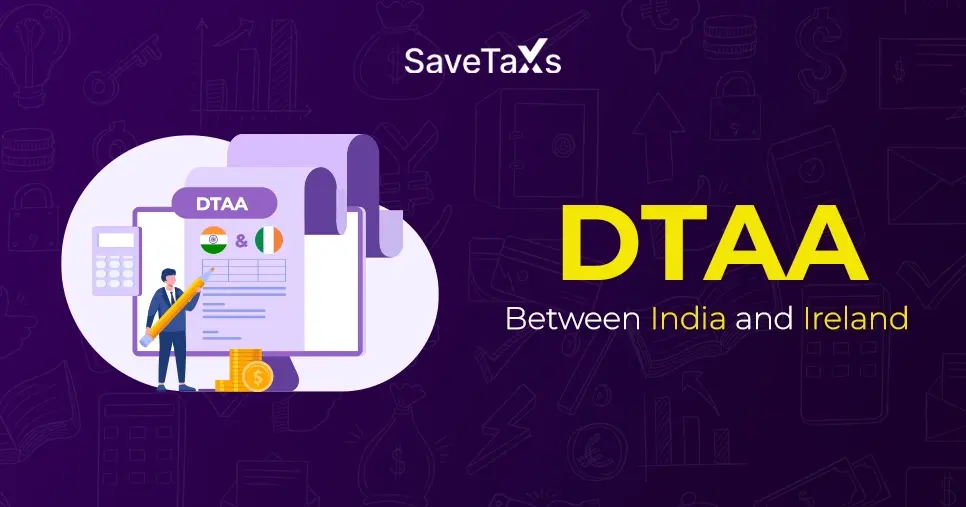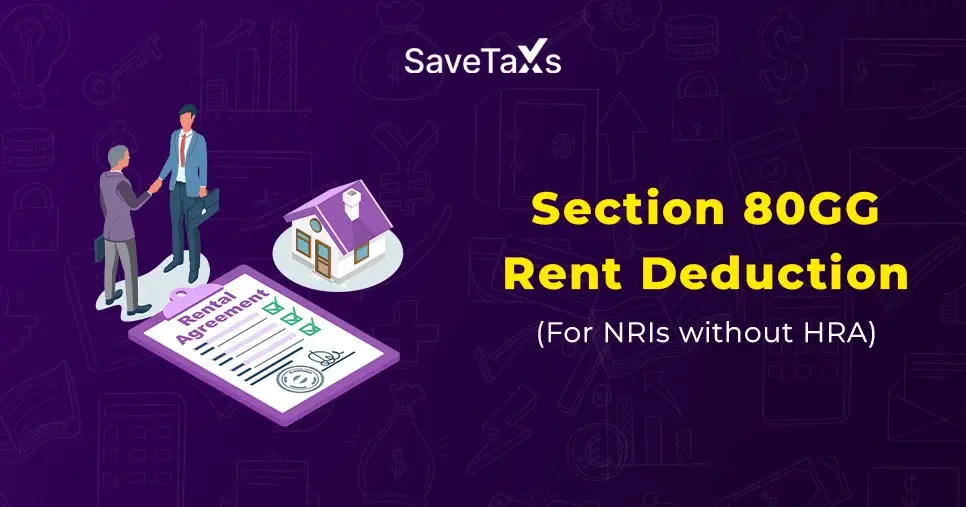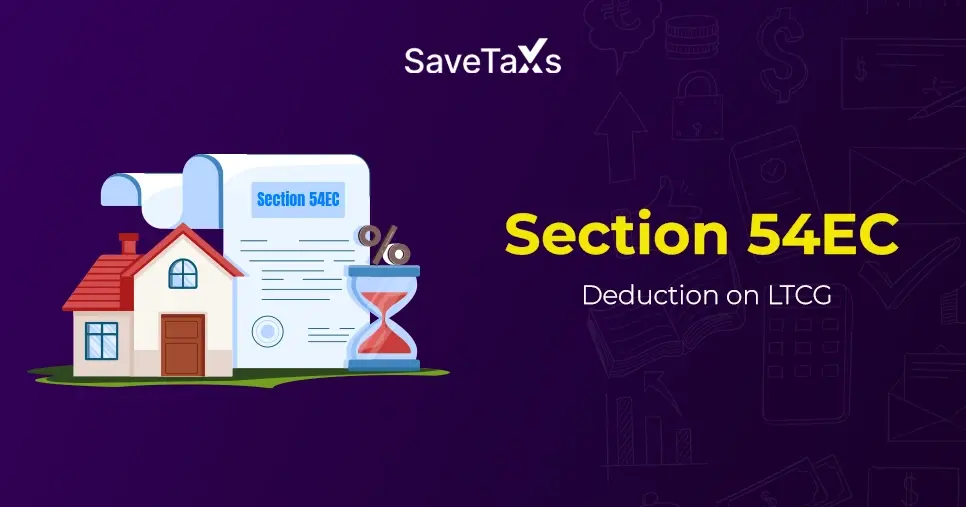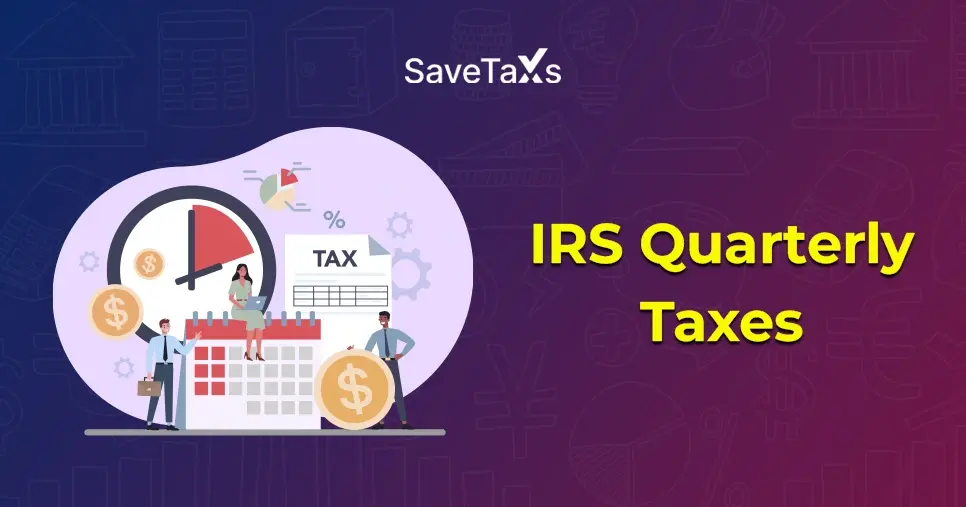In case of an NRI, any sort of deduction from all kinds of income is called TDS or Tax Deducted At Source. According to this. the taxpayer needs to deduct a certain amount as tax before making the payment and deposit it with the government by using either the PAN or TAN of the payee within the specified time period. However, if the amount deducted as TDS is more than the actual tax liability, the taxpayer can claim a refund, for which they will have to file an Income Tax Return, which is often referred to as ITR. In this blog, we will discuss how an NRI taxpayer can claim a refund for the excess TDS deducted. Also, we will learn about which ITR (Income Tax Return) form has to be filled out and how. Before discussing how to claim the TDS refund, let's understand what a TDS refund is.
What is a TDS Refund?
A TDS refund is filed when the taxes deducted at source are more than the actual amount payable calculated for the financial year. In simple words, when you file an ITR, if the final tax liability is less than the actual tax that has been deducted, then the extra TDS can be claimed as a refund by the taxpayer. When filling out the ITR, the taxpayer needs to add up all the income he has earned throughout the year via various sources. After that, they need to determine the tax liability and subtract the TDS that has been deducted during the fiscal year from the calculated tax liability. The taxpayer is eligible to claim a refund from the government if the calculated TDS is more than the actual tax liability.
How to Claim a TDS Refund?
If you are a taxpayer and want to claim a refund for the excess TDS that has been deducted, you must file an Income Tax Return (ITR) within the given due date. If you fail to do the same, then the excess TDS will not be refunded. Additionally, the taxpayer must provide proper bank details in the ITR without any errors, as the refund will be credited directly into the bank account, including the account number, bank number, and IFSC code. Below are the situations where a TDS refund arises:
- When the employer deducts extra income rather than the income tax that is required to be paid:
- If the actual amount is less than the TDS, file an ITR to claim the TDS refund.
- You are eligible to avoid a TDS deduction from your salary if your taxable income is under the exemption limit.
- Provide accurate details of your bank account, including your IFSC code, when filing the ITR online. These details are required by the ITR department to process your TDS refund.
- TDS deducted on fixed deposits
- When the taxable income is less than the exemption limit, provide a declaration using Form 15G to your bank at the start of the financial year in order to inform them that you don't have any taxable income. Hence, no amount will be deducted as tax from the interest income.
- If the bank deducts TDS on your interest income even after you submit the declaration form, then you can claim a refund by filing the ITR.
- For Senior Citizens Having an FD Account
- Submit Form 15H to your bank if the interest income is more than the specified limit, but the total income is below the basic exemption limit after section 80 deductions at the beginning of the financial year, to inform the bank that there is no taxable income.
- Senior citizens aged 60 or above do not have to pay tax deductions on interest earned from deposits. However, the exemption applies if interest on deposits from each bank is nearly Rs. 50,000 per year.
- If the bank still deducts tax, claim a refund by filing your ITR.
How to Claim a TDS Refund for NRI?
You can claim a refund as an NRI if excess TDS (Tax Deducted At Source) has been collected from you on your income received in India. However, this is only applicable if you file your ITR within the given time duration.
Make sure that you fill out the accurate bank details (ideally an NRO account) in the ITR because the refund will be credited to your Indian bank account directly. This includes the bank name, account number, and IFSC code.
- Excess TDS deducted on Income, such as rent, interest, or capital gains
- The TDS is deducted at a flat rate even when the total taxable income is under the taxable limit.
- After all the deductions, exemptions, and DTAA perks, if the total taxable income is less than the TDS you have already paid, you are eligible to claim a refund by filing your ITR.
- Ensure to add valid details of an NRO account along with the IFSC code and account number to get the refund.
- TDS Deducted on Fixed Deposit or Savings Interest
- The Indian banks deduct a TDS of 30%, or as applicable, on the interest that is earned from an NRO account, even when your income is non-taxable or is eligible for the DTAA benefits.
- If you are eligible for a lower tax rate under the DTAA and the bank hasn't considered this, you can apply for a refund through your ITR.
- Provide Form 10F, self-declaration, and tax residency certificate (TRC) to your bank to reduce TDS in the future.
- TDS deducted on the sale of property in India
- When you buy a property in India sold by an NRI, you need to deduct TDS @30%-30%, as well as surcharge and cess.
- If the actual amount payable is less because of index cost, exemptions, or deductions, you can either file an ITR after the sale or apply for a lower deduction certificate (Form 13) to the Income Tax Department in advance to claim the refund of the excess TDS deducted.
How to Claim TDS Refund Online?
By following these steps, you can claim the TDS refund online easily:
- Firstly, register yourself on the IT department's website to claim your TDS online.
- After registering yourself, file your income tax return by downloading the relevant ITR form.
- Fill out all the details accurately and upload the form. Then, click on Submit.
- You will get an acknowledgment number upon submitting the ITR. You need to e-verify this number by using a digital signature, an Aadhaar-based OTP, or through your net banking account.
- In case you are not able to e-verify the ITR, you can complete the verification by sending a physical copy of the same to the IT department.
How Can I Verify the Status of the TDS Refund?
You can check the status of your TDS refund online easily by logging into your e-filing account, in case it hasn't been credited. Follow the steps mentioned below to verify the status of your TDS refund:
- Step 1: Log in to your e-filing account and search for the e-file, income tax returns, and the View Filed Returns option.
- Step 2: Now, click on the "View Details" option under the relevant assessment year (AY) for which you wish to check the IT refund status.
- Step 3: If the status shows that the ITR is processed with the refund, click on the refund status link.
- Step 4: The screen will display the complete information of your ITR filing, including the date when you filed your ITR, ITR e-verification, and ITR processed to the date of issuing a refund.
What is the TDS Refund Period?
The department has fixed no time limits for issuing the refund. Based on some past records, if you file your ITR on time, the refund will take nearly 1-6 months to be credited to your bank account. The refund processing time may also depend on the completion of the e-verification. At present, the refund is issued within just a month once you complete the ITR processing.
Applicable Interest on TDS Refund
If the Income Tax Department is late in paying your applicable TDS refund, it must pay an interest of 0.5% for every month or part of a month, which is basically 6% per annum. This benefit comes under Section 244A of the Income Tax Act. The interest will arise from the first month of the AY (Assessment Year) when you file your ITR within the due date, and from the date you file the returns in any other case.
What are the Types of Income Tax Refund Status?
When you verify your TDS refund status, it might show a different status depending on your application, and every status will have a different meaning. Understanding the status types and their meaning is vital to take the necessary steps accordingly. The following are the types of refund status, their meaning, and the actions that need to be taken:
| ITR Refund Status |
Meaning |
Steps to be Taken |
| Refund Paid |
Your ITR filing has been processed, and the refund has been credited to your bank account. |
Check the refund received with your bank. |
| No demand, no refund |
You don't have to pay taxes and are not eligible to get any refunds. |
When you request the refund, check the comparison you got from the IT department and file a rectified return if required. |
| Refund Unpaid |
The IT department has accepted a refund, but they cannot pay it because of an error in either the bank or address details. |
Raise a request for the reissue of your refund and update the correct information on the Income Tax portal. |
| Not Determined |
Your ITR has not been processed yet. |
Recheck the status after a few days. |
| The refund was determined and forwarded to the refund banker |
The IT department has accepted your refund request, and the refund banker has been notified about the same. |
Wait for the refund to get credited to your bank account. Or else, contact the refund banker to check the status of your refund payment. |
| Demand determined |
There is an extra tax obligation that you need to pay. This might be because the tax calculation varies from that of the IT department. |
Check the calculation done under 143 (1) to find out the error/mismatch. In case you find an error, rectify it by paying it to the IT department within the specified time duration. If there are no errors, file a rectification and provide all supporting information and documents that are required to support the refund claim. |
| Correction processed, refund determined, and sent out to the refund bank |
The rectification return has been accepted. Also, the refund amount has been recalculated and sent to the bank for processing. |
Confirm your refund receipt by checking your bank account. |
| Rectification processed and demand determined |
Your correction return has been accepted. However, some unpaid tax demands need to be paid within a specific time span. |
Once you cross-check all the details within the specified timespan, pay the remaining tax/tax demand. |
| Rectification processed, no demand, and no refund |
The IT department has acknowledged a corrected return. Additionally, you are not responsible for a tax refund and don't need to pay any extra tax. |
To Conclude
Taxes are a vital part of the economy, and understanding the rules of the NRI TDS refund process is important for NRI to manage their tax liabilities and financial obligations in India effectively. Through this blog, we have provided you with the necessary information to easily learn the complexities of TDS deductions, ITR filing, and claiming refunds. If you still struggle with tax obligations and refund claims, Savetaxs can help you get rid of them. We have a team of expert CAs who bring more than 30 years of experience in this field. We can help you through every step, starting from filing an ITR to verifying the TDS refund status. Savetaxs is here to support you with your financial journey and make managing your taxes a much less stressful expereince.
Note: This guide is for information purposes only. The views expressed in this guide are personal and do not constitute the views of Savetaxs. Savetaxs or the author will not be responsible for any direct or indirect loss incurred by the reader for taking any decision based on the information or the context. It is advisable to consult with either a Chartered Accountant (CA) or a professional Company Secretary (CS) from the Savetaxs team, as they are familiar with the current regulations and help you make accurate decisions and maintain accuracy throughout the whole process.
 India
India
 USA
Tax Consultancy Services
USA
Tax Consultancy Services